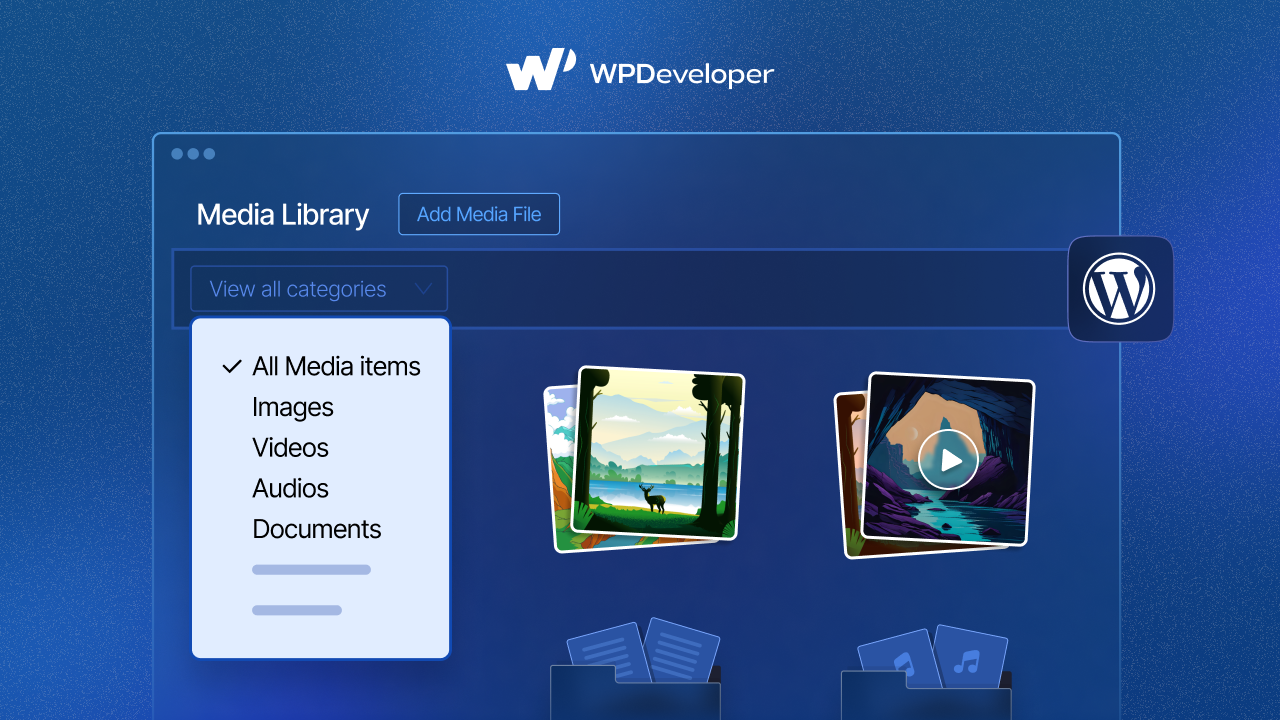Running a WordPress Blog is tough. It takes every ounce of creativity and dedication you have to get blog views these days and still you might fail to improve user experience on WordPress Blog. And the competition is getting fiercer every day. It’s time you make some changes. You don’t have to start learning to code. You can learn ways to bypass writing codes.
Elementor, which has been recently awarded the best Plugin for WordPress by torquemag.io, helps you create top-notch and professional looking websites from home. Apart from creating visually appealing content, there are a handful of other important changes you can bring to your WordPress Blog. By the end of this blog, you should have enough material to start working with.

Smartphone Browsing Experience
Fast Loading
Check Your Website’s Load Time – GTmetrix
Fast Loading is important primarily for one reason- Humans have a very low Attention Span. It was actually in double digits before, but now it has dropped down to one single digit. Let’s kill the suspense, according to recent studies the average human attention span is now 7 seconds. Users can easily jump to an alternative Website as there are thousands of Website providing the same service. This means you only have 7 seconds to make an impact. In this short time frame, you will need to convince your readers to stay on your Website. Given the scenario, you cannot afford to give up the first 2-3 seconds of a site visit for page loading. It leaves you with a 5 second window to convince your readers to stay on your Website. Don’t make it hard for yourself. Make sure your Website takes as less time as possible to load.
AMP and WordPress
Every day more and more people are staring to rely solely on their Smartphones to browse the internet and every other task that they previously used to get done using a computer. Moreover, different Cloud-based services are making it more and more easy for working on the go. Why would you carry a bulky laptop when you can access all your documents and work using the same applications on your Smartphone.
This is why you need to make sure your Website is Mobile-Responsive as well as AMP supported. AMP stands for Accelerated Mobile Pages. This technology makes lightweight Smartphone experience by presenting Web-Page to Mobile screens almost instantaneously. Both Facebook and Twitter have used the AMP framework for making their site faster on Mobile Devices. Moreover recently Google has announced to include AMP Technology to Web-Standards. Luckily there are many WordPress plugins that help you make your Website AMP compatible.
Website Navigation
Website Menu
Navigation Menu is important regardless of whatever device is being used to access your Website. Navigation is like an elevator. Every button once pressed take your site visitors to a designated page. For example, our Website has a Header Menu that has Seven Tabs. Each of the Tabs is further divided into Sub-Menus where necessary. The purpose of this Menu is, no matter which pages a visitor arrives he can easily jump back and forth between the other Web-Pages.

If you don’t include a nice Menu for your Website, your site visitors will feel lost once they arrive. They might even form the idea that there isn’t much information available on your Website, that’s why there isn’t a Menu.
Internal Search Bar helps users find what they are looking for. This is particularly important for the Blogs and Documentation Pages. You cannot include all the Blogs and Docs to a Menu, that’s not feasible. Then how do you make navigation easier inside the Blogs and Docs page? You include a Search Bar.

Fear Of Missing Out
The concept of Fear of Missing Out (FOMO) simply states that displaying messages of what other users are doing on a Website increases the chance of persuading others to do the same action. For example, you can persuade your site-visitors to read a certain blog by displaying a FOMO message containing what is the most popular Blog on your site. You can also display a FOMO pop-up containing the Comments on a blog.
Dual Color Headline

How do you attract your visitor’s attention in the very first glance? You make the headlines catchy and colorful. According to several reports, readers first look at the title and featured image. Afterwards, they form the decision whether or not they want to read the full blog or not. So don’t hold back your creative instincts when you are brainstorming Titles for your next blog.
Wrapping Up!
We are at the end of this blog, if you have been reading carefully you should have enough things to start working with. We recommend you start off by improving your site’s load time, then moving on to making it mobile responsive, embellishing it with an easy-to-use Navigation Menu, FOMO messages and lastly with Dual Color Headlines.






